Academies, Vendors, and Medical Wagon Wheels
In this month’s AAP News, the American Academy of Pediatrics’ Department of Practice announced the results of the very successful (and first) HIT vendor consortium held by the AAP’s Child Health Informatics Center (CHIC) in June. The meet was designed to explore ways to partner with electronic health record vendors to disseminate the AAP’s extensive pediatric knowledge base and expertise. As far as I am aware, this is a first for the AAP, and is not terribly common amongst medical academies in general.
Maybe it’s a bit different for pediatrics, as we do have lots of rather unique needs: multiple family members with multiple surnames and multiple caregivers all with blended or unblended family, social, and health histories; immunizations and tracking thereof; patient consent and privacy issues that are extra complex with child versus parental rights with which to contend; and more.
But I would wager that most areas of healthcare provision have some unique needs, too. Plus I know for certain that they all have volume upon volume of unique expertise that could benefit all if only it could be easily accessed.
It makes great sense – to me, anyway – that medical academies of all sorts should reach out to vendors to help share their wealth of specialty-specific health expertise and work with the vendors to guide their contingent’s special EHR needs. We certainly don’t need hundreds of EHR vendors trying to recreate every healthcare “wheel” if there are best practice ways to do so.
Defining those best practices may be challenging, and converting reams of medical reference materials to a distributable digital format will be a lengthy and costly process, but doing so together will likely get us to the most functional wheels for our joint healthcare “wagon” faster and more economically.
A longstanding roadblock to this collaboration is the resistance of medical academies to show any sort of preference or participation with capitalistically-driven vendors. I’ve seen this firsthand as the director for the AAP’s “Pediatric Office of the Future” (POF) exhibit for their annual National Conference & Exhibition. The AAP has some pretty strict rules and regs for associating the AAP name with outside sources such as technology vendors. Understandably, they don’t want to appear to endorse any particular corporate brand name tool/service or seem to have any untoward influences from same.
This can be tricky when engaging sponsors for the POF, which is strictly an educational exhibit and not a sales booth. We want and need their support, but we cannot appear to be showing any endorsement. But by watching where we step, we have followed all the rules and still grown some 500% in five years. The learning opportunities for our attendees – both via hands-on demonstrations and our nearly 30 short topic talks in our new “Education Theater” – are almost exponentially larger.
I have become convinced that working with technology vendors to advance technological literacy among healthcare professionals can be done without conflicts of interest or implied endorsements.
And now, the AAP via CHIC has successfully reached out to the first round of 11 EHR vendors to start the conversation around ways that pediatric-specific knowledge and standards of care might be digitally distributed to promote child health. From the Bright Futures child health guidelines to the patient-centered medical home (a concept originated by the AAP in 1967) to forms standardization to the unique needs of pediatric EHRs, CHIC and the vendors in attendance all agreed that “the Academy’s first step in working to develop partnerships with the EHR vendor community to advance child health informatics” was both welcomed and useful.
I was particularly impressed by the enthusiasm the vendors expressed when we first broached them with the idea. They loved the thought of receiving this type of expertise and knowledge sharing. And, this was just a first step. CHIC plans on a much broader reach out to EHR vendors.
I can’t really speak for other Academies, though from personal experience I know that the American Osteopathic Association and the American Academy of Family Physicians do have some history of working with EHR vendors or associated entities to further their unique needs. I believe there have been some other vendor/academy collaborations, but generally limited. Maybe some of you out there can offer some other examples where such academic orgs have found successful corporate cooperation without integrity compromise…?
I’m very happy to see this sort of progress, and hopefully we’ll see lots more of it. I look forward to the bigger, better digital medical expertise “wheel” which could roll us all into a joint electronic future more effectively.
From the trenches…
“Coming together is a beginning. Keeping together is progress. Working together is success.” – Henry Ford

Dr. Gregg Alexander, a grunt in the trenches pediatrician at Madison Pediatrics, is Chief Medical Officer for Health Nuts Media, directs the Pediatric Office of the Future exhibit for the American Academy of Pediatrics, and sits on the board of directors of the Ohio Health Information Partnership (OHIP).


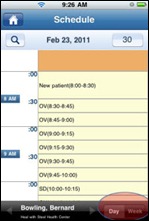
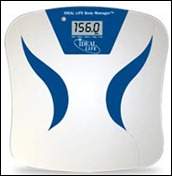
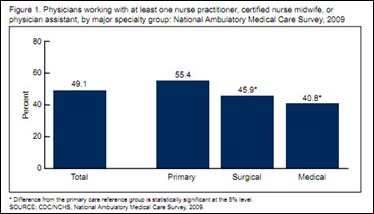

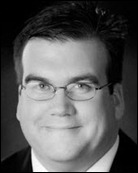

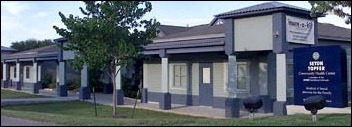
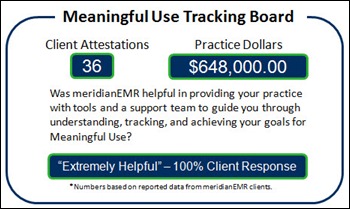







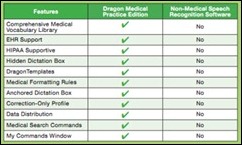
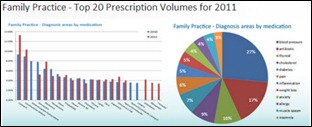
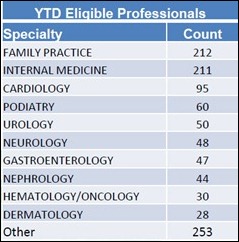
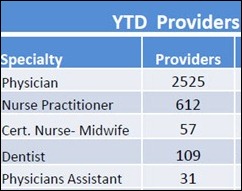

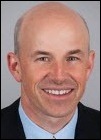
The article about Pediatric Associates in CA has a nugget with a potentially outsized impact: the implication that VFC vaccines…